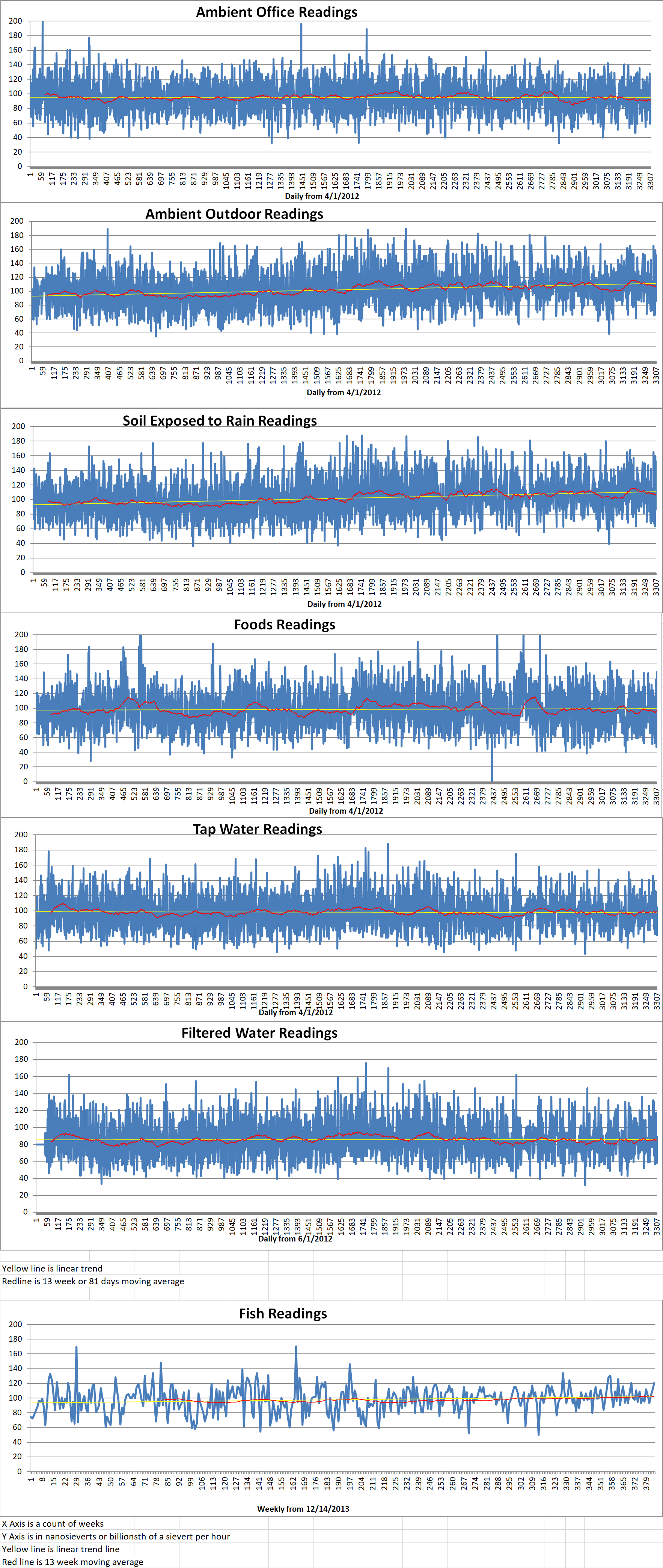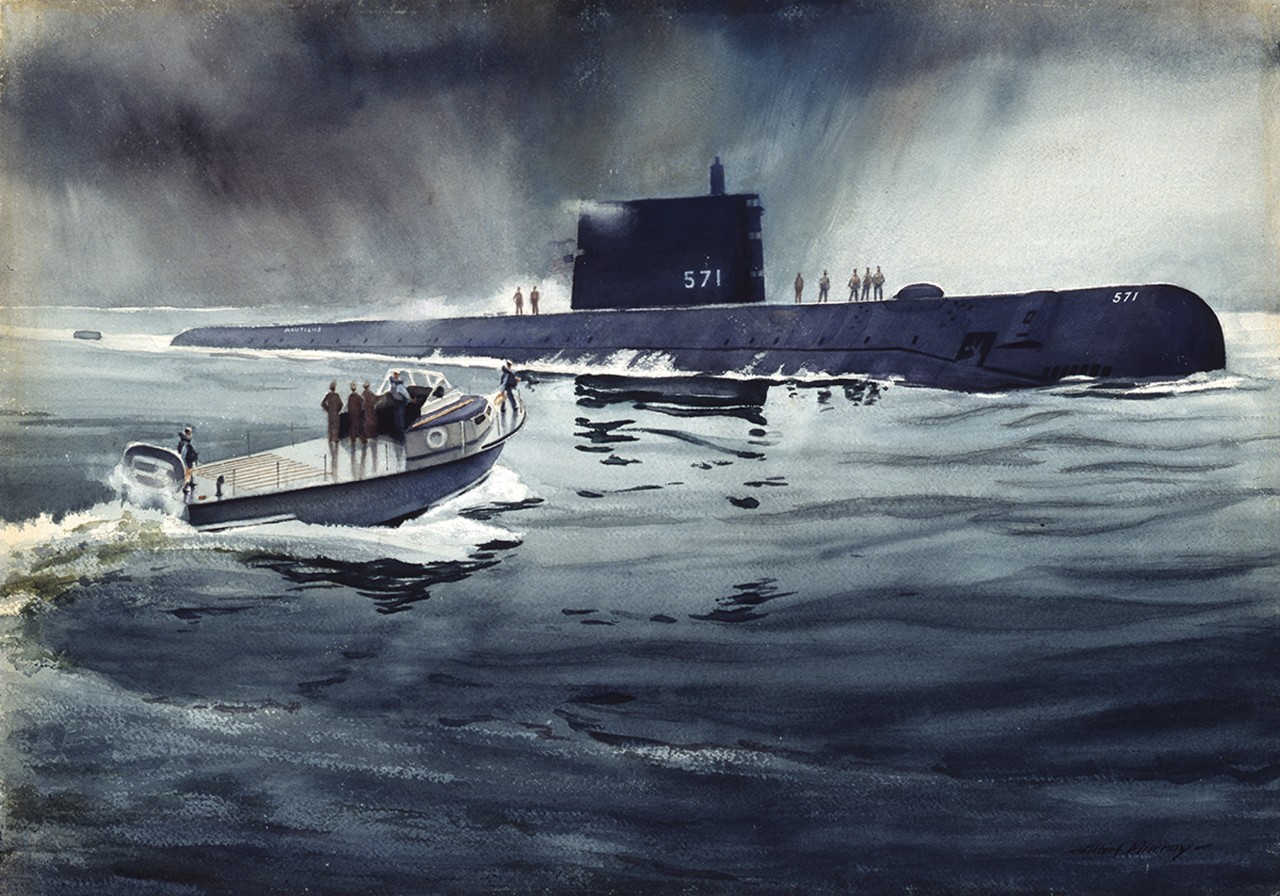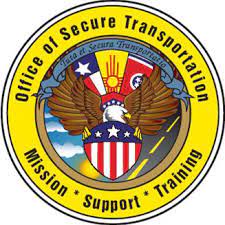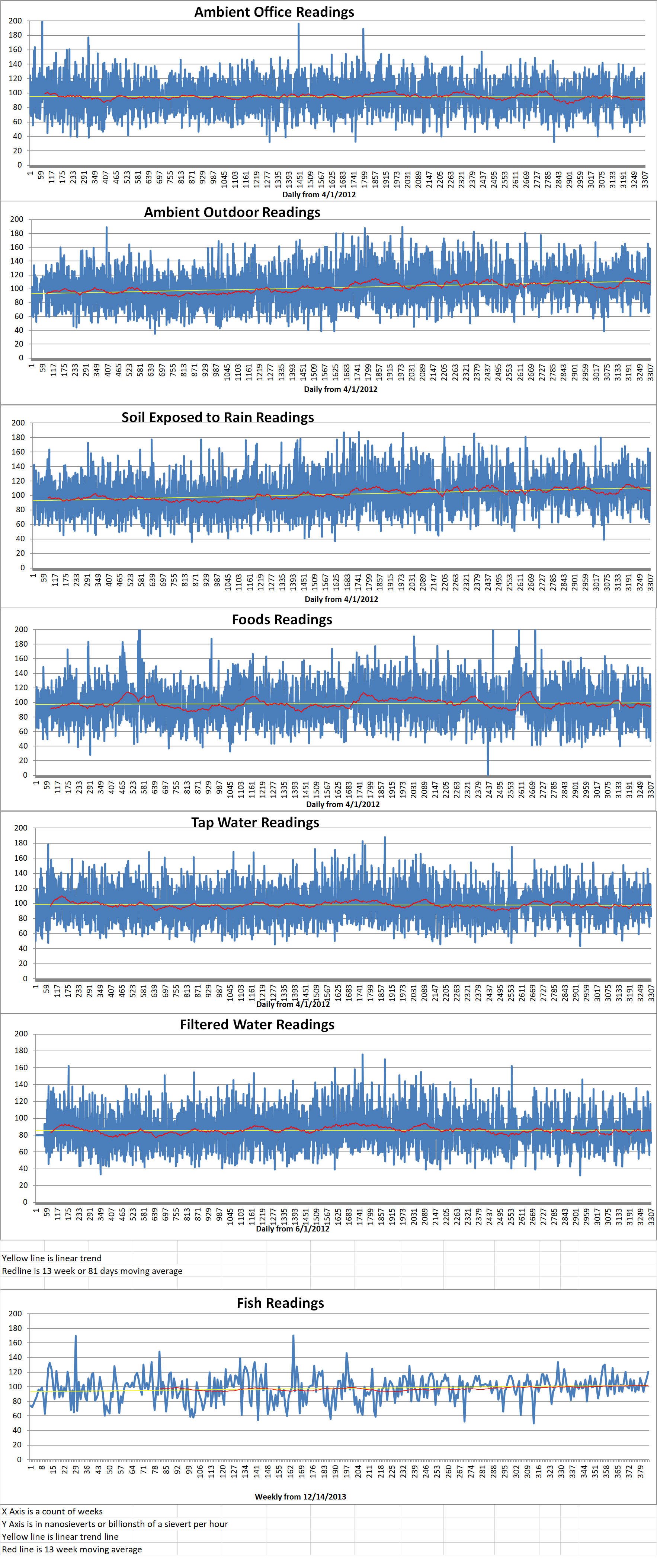Nuclear material couriers (NMCs) transport nuclear bombs and other dangerous materials around the U.S. The fleet that transports these materials is operated by the Office of Secure Transportation (OST) which is part of National Nuclear Security Administration (NNSA). The NNSA is a semi-autonomous agency in the U.S. Department of Energy. The DoE recruits nuclear couriers year-round.
Curtis Johnson is the lead federal agent recruiter for the NNSA. He said, “Similar to other truck driving jobs, the NMC position does have its share of routine and monotonous long hours over the road,”. However, unlike most other trucking careers, these long-haul trips are part of a larger operation and every vehicle in the convoy is manned by multiple federal agents who share the driving, communications and security. We typically advertise the NMC position on www.usajobs.gov three or four times per year, with each job announcement being open to new applicants for one or two weeks at a time.”
After completing the hiring process NMC candidates will spend about eighteen weeks of training at Fort Chaffee, Arkansas. The training course is referred to as nuclear materials courier basic (NMCB) training and is a requirement for all NMC candidates. Johnson said, “I don’t believe that comparing NMCB to a military boot camp would be the best comparison. Our agency’s NMCB training would better compare to the specialized schooling that military service members attend after graduating from boot camp, such as infantry school or security forces training.” The NMCB offers two to three classes a year and applicants must have either military or law enforcement experience.
The NMCB has three primary phases of training in which candidates have the opportunity to develop the required knowledge skills and abilities to become an NMC. These include:
• Regular driver’s training supplies candidates with the fundamental skill that they need to drive OST transport vehicles. Candidates must have a commercial driver’s license and pass all driving performance tests.
• OST provides firearm training for their primary weapons. Candidates must qualify on these weapons on DoE-approved courses under night and day conditions.
• The final phase of training is dedicated to individual and small-unit tactics that are tailored to OST mission operations. All candidates must pass all tactics performance evaluations. In addition, candidates receive instruction on the Advanced Radio Enterprise System, federal agent legal authority and law enforcement tactics.
Throughout the NMCB program, all candidates must pass a physical fitness test, a variety of written examinations and multiple performance tests.
After they graduate, the candidates who have obtained a DoE security clearance participate in road mission operation with an active federal agent unit and undergo intense performance testing in convoy operations force-on-force exercise.
The DoE tries to offer three NMC training classes a year with about 20 students in each class. Johnson said, “The top three reasons for candidates not graduating are voluntary resignations, injuries and failing to satisfactorily complete a portion of the training.” The salary range for an NV-01 federal agent NMC is about forty-nine thousand dollars to seventy-seven thousand dollars.
After a candidate becomes an NMC, they are authorized to make warrantless arrests and to use lethal force if required during a mission. Mission travel is usually performed year-round and is almost always preplanned. Being a NMC does not require an agent to be available at all times. Missions are always transporting either nuclear weapons, nuclear weapons components or nuclear materials such as uranium to secure military sites across the U.S. Listening to the radio is allowable as long as it does not interfere with convoy communications.
Johnson said, “Though the travel element of the job can be less than exciting, NMCs train year-round when they are not on the road doing missions. “The mission pace changes from month to month, but most trips occur every other week with the other weeks being dedicated to training (shooting range, physical fitness, computer-based training, tactics).”







